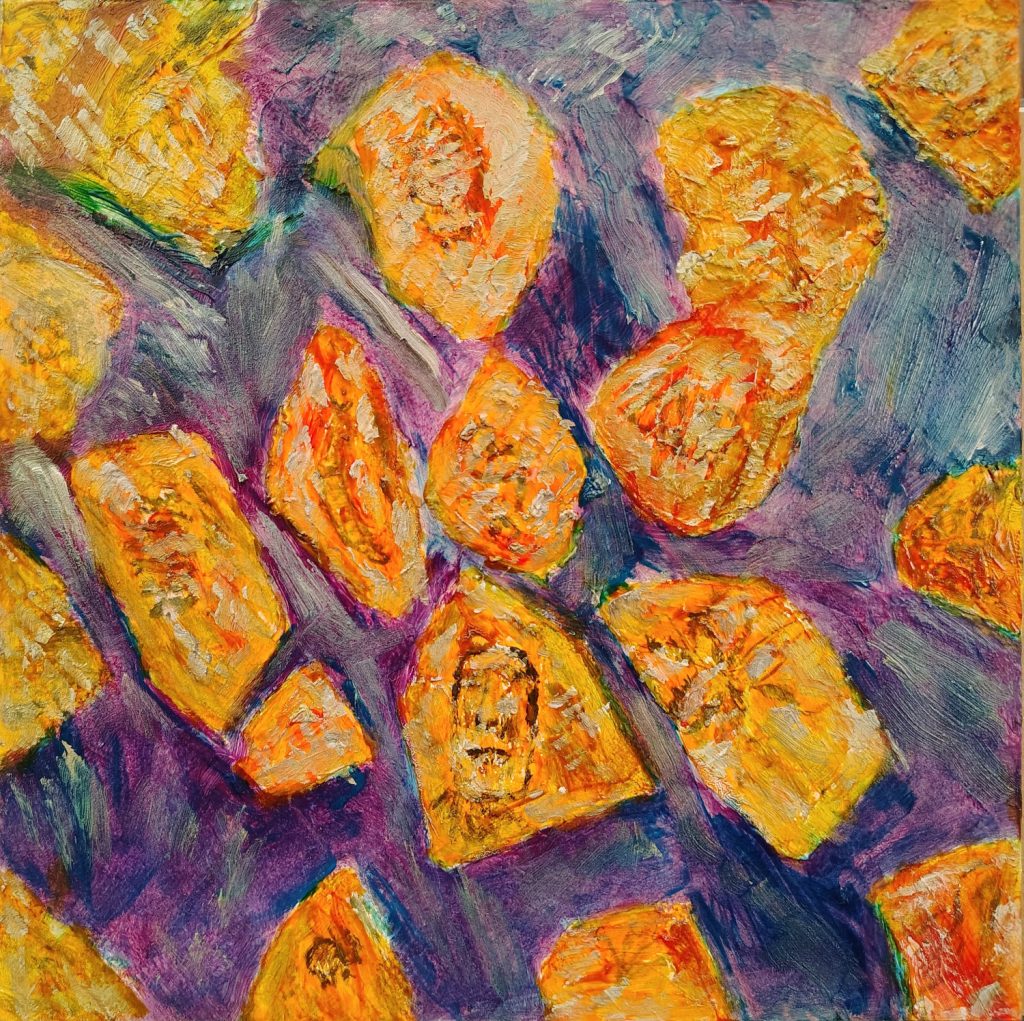(WP) 50 years ago, he saw a startling document in the JFK file. Where is it now? Quoting,
The document said that “the Mexican government had investigated Kennedy’s assassination and concluded Cuba was responsible,” recalls Johnston, a lawyer and writer who has closely followed the assassination ever since.
…
Helms was usually Mr. Cool. But in this call, following our publication of “Did Cuba Murder JFK?,” he was more upset than I’d ever heard him. “How could you publish something like that?” he asked angrily…
Ignatius was puzzled by the strength of Helm’s reaction at what should have been old news:
But when I hung up the phone that day, I knew that he was genuinely troubled that The Post had surfaced these issues.”
Thirty-six years later, in the present, Trump has ordered the release of all documents related to the assassination. Johnston’s document was not included. Ignatius notices a coincidence: Helm’s extreme sensitivity to mention of that document, and its continued absence. To save words, what follows, though speculation, is written in the language of fact.
All institutions have cultural inertia, the traditional, unwritten rules of conduct. Of all the institutions of the federal government, the CIA has the least. There was a CIA of the plank-owners and their acolytes prior to the 1975 Church and Pike Committees; a deprecation after the 1991 Soviet breakup, a re-energized post-911 version that looked to the plank owners for inspiration, and a minor revision of attitude in 2009 with the repudiation of enhanced interrogation techniques.
The CIA is the most malleable of institutions, a consequence of threats and opportunities that require constant improvisation. The history of intelligence services is replete with stories of mediocre bureaucracies transcended by personal daring, motivated by a patriotism which has no common definition. The very word alloys nicely with self-sacrificing illegality, heroism, the-end-justifies-the-means, bravery, expediency, brutality… The road to Hell is paved with the the same bricks as the road to Heaven. Factual certainty of which road you are on is replaced by conviction.
In the pre-Church CIA, this variability was standard operating procedure, a kind of organizational free will that today exists only in Mossad. Facing extinction of their public service at the hands of the Committee, the plank-owners and their acolytes were desperate to preserve the most precious, hard-won assets for near-term posterity.
As is probably well understood by most readers, the assets were not CIA officers; they were foreign nationals, like Rolando Cubela Secades, mentioned in Johnston’s November 1989 piece as tasked with assassinating Castro. Or better known, Oleg Penkovsky, and Adolf Tolkachev. All three were caught; only Cubela escaped execution.
The institutional value of assets cannot be overstated. By some disputed accounts, Tolkachev’s intel justified an entire annual CIA budget, culminating in the successful design of the F-15 as the preeminent air-dominance fighter of the era. Penkovsky may have prevented World War III. Both assets were lost; what would you have sacrificed to preserve them? When opportunity presents, the cure might involve an expendable asset — an adversary spy or mole left in place, sacrifice of a lesser asset, or the staging of a failure.
During the Church/Pike hearings, the CIA director, William Colby was accused by internal critics of a confessional approach to the hearings, supplying an excess of information, some of which the committees had not requested, because they were unaware of its existence. This was intended strategy. If we grant that the spymasters and the committees were equally smart, the CIA applied more smarts to the problem. The motivation of the committees was public service; for the plank owners, a battle for survival.
The inhabitants of the 7th floor, Colby, Thomas Karamessines et. al. devised a curation intended to be undetectable; intended to give the gaping maw of the committees the warm feeling of consuming a peanut butter and jelly sandwich, while minimizing damage to the core mission. In order of sacrifice:
- Domestic operations, not part of the CIA charter were first on the sacrifice list, even though most likely to result in chargeable offenses.
- Foreign assassination attempts directed at individuals widely perceived as enemies.
- Foreign assassination attempts of individuals not so perceived, to further U.S. policy.
- Subject to particular exclusion were actions that, for diverse reasons, would result in broad damage to the American brand. See (The Nation) Where’s the CIA’s Missing Jewel?
- A disclosure that could compromise an asset, or put the committees on a trail that could intersect an asset, would be forbidden, unless required to avert a greater catastrophe.
- To avert the above, the disclosure would be made volatile, as a verbal note poorly represented in the transactions of the committees. This is why Karamessines allowed Johnston to see, but not copy, the document. A line of inquiry was plugged, replaced by risk that would decline with time.
What risk discomfited Helms? Since Cubela was released in 1979, and moved to Spain, he was not at risk. Embarrassment, threat of nuclear war, and conscience are tertiary. Though it’s open season for the imagination, this exposition implies the risk centered on the first priority of intelligence, preservation of assets. Rolando Cubela Secades was not alone.
That explains 1989. Whether the subject of Helms’ concern is alive may not be possible for the archivists to determine. Or they may not be aware of the existence of a document which has been sequestered. You don’t keep canceled checks forever.
